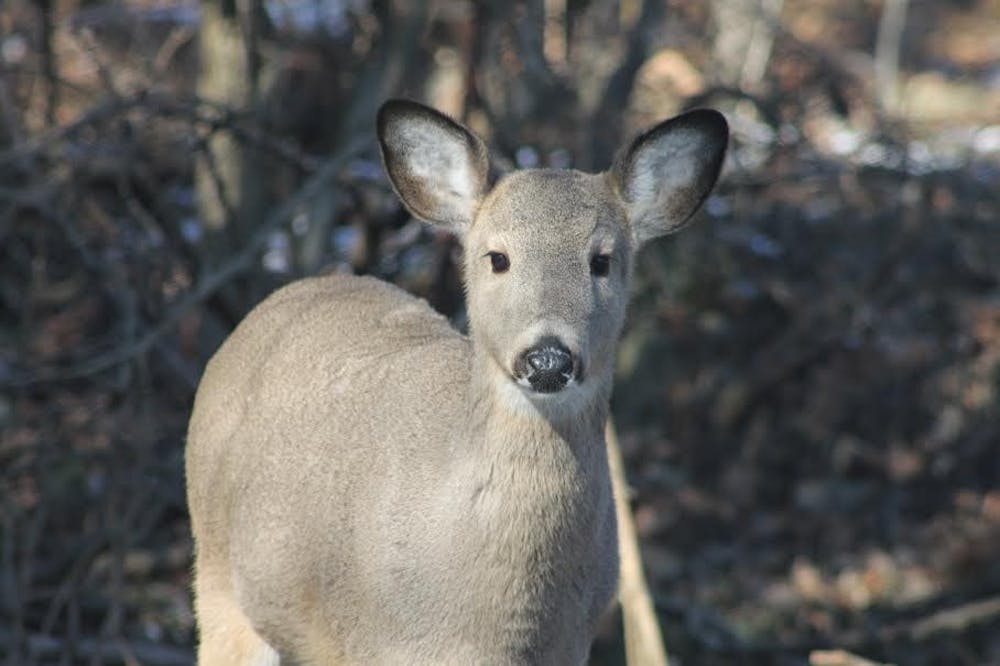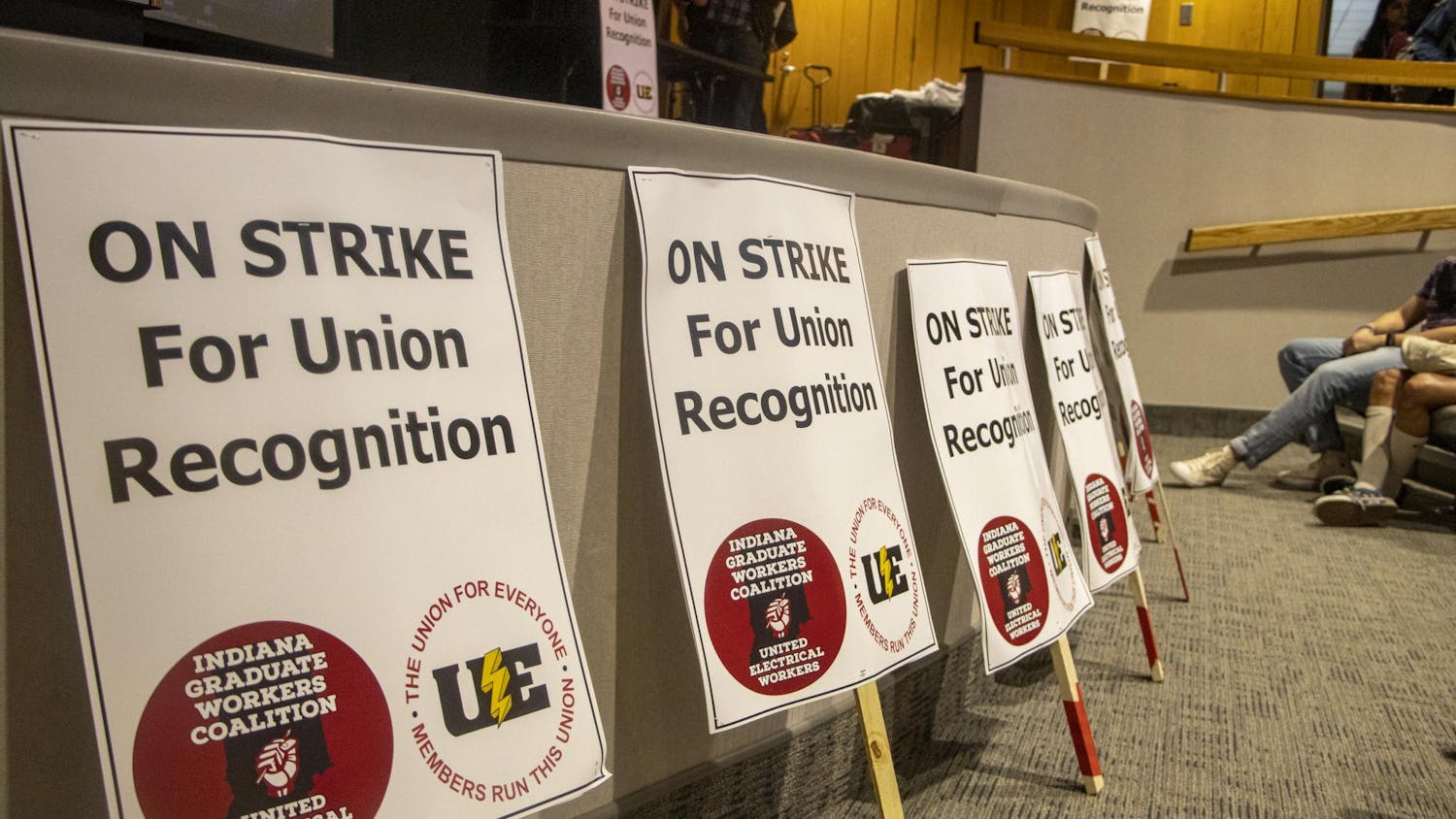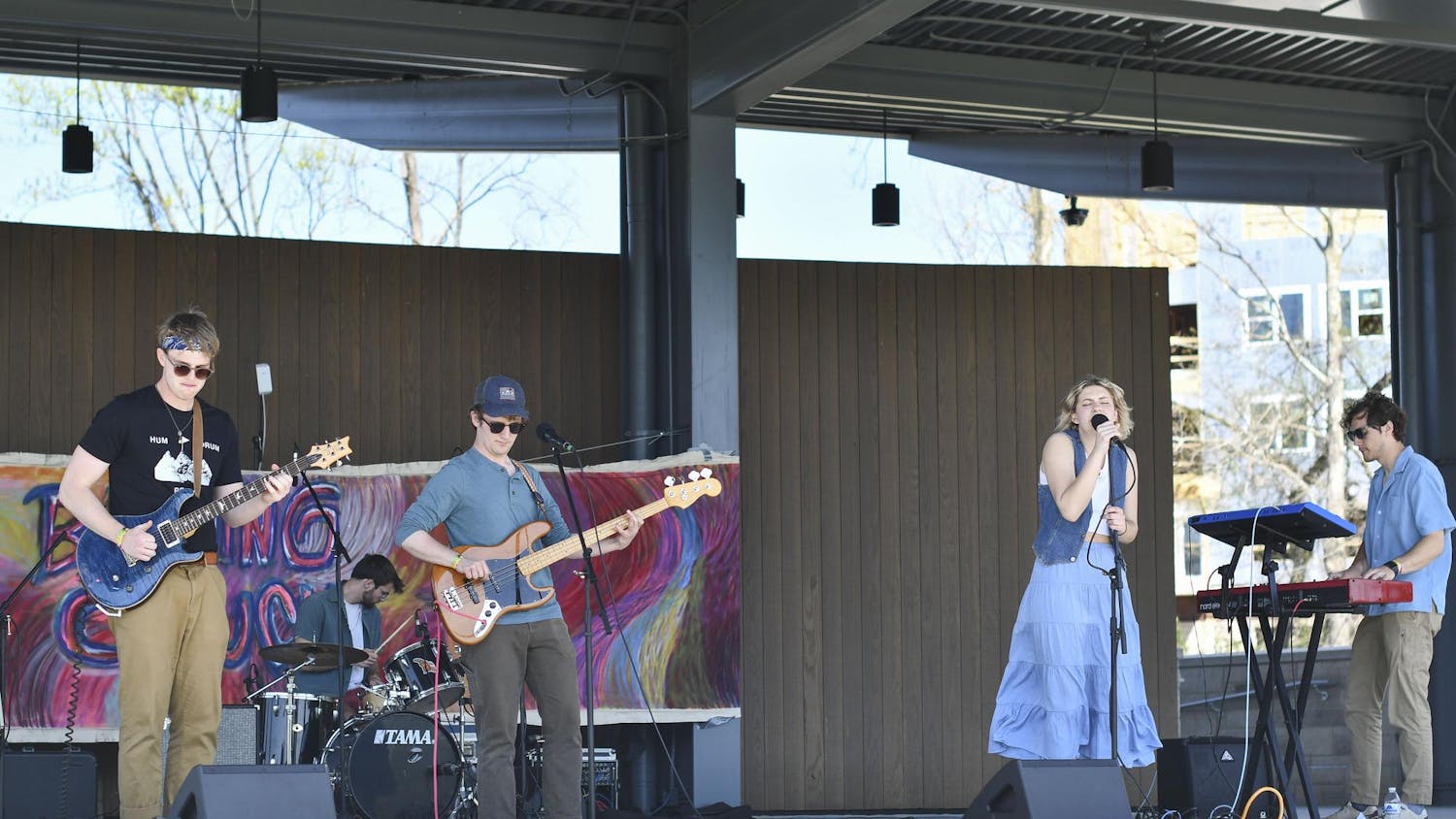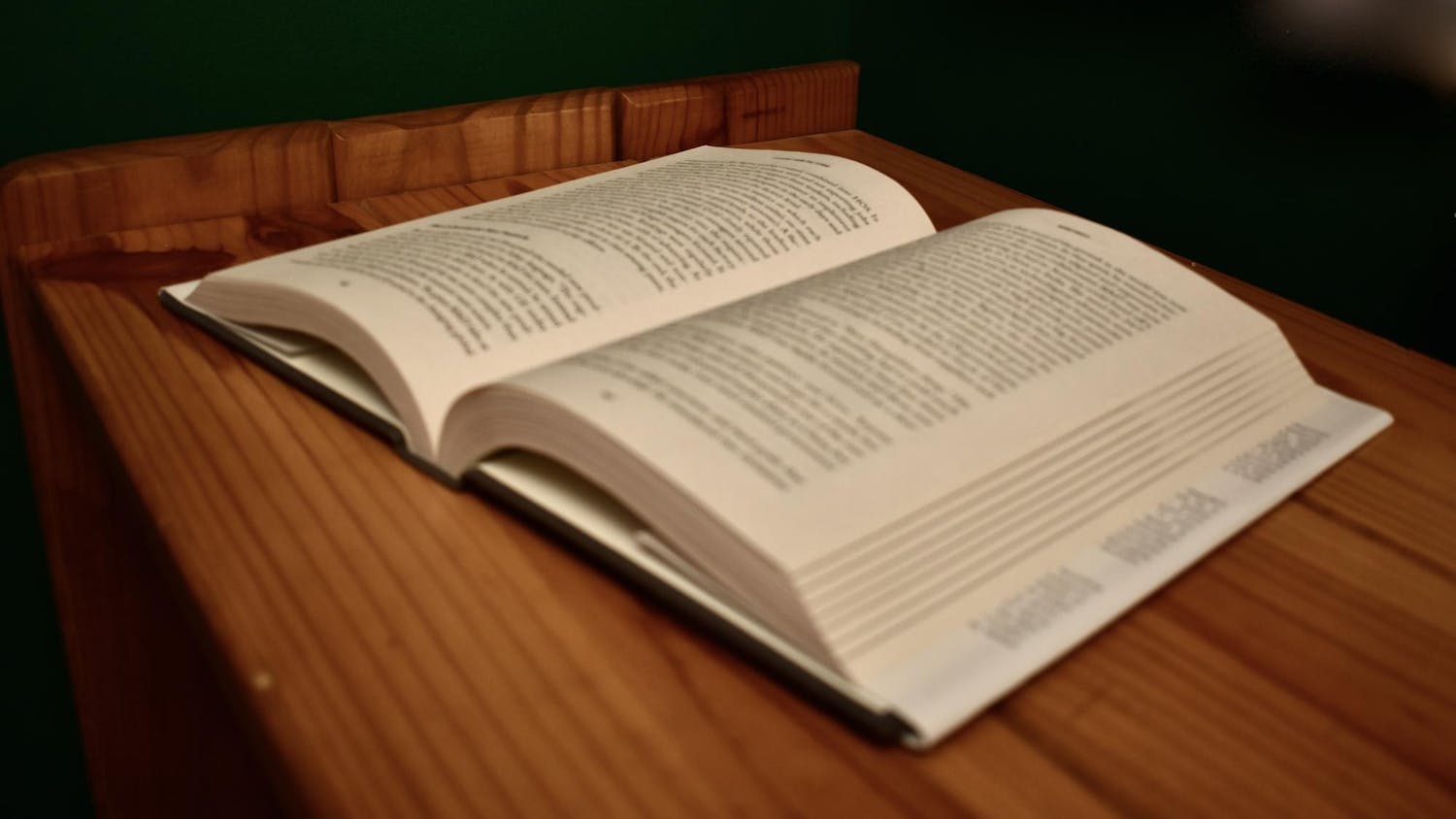This winter had to be different.
At least, that’s what Bloomington's Board of Park Commissioners hoped. Its members, and others in favor of a second deer cull — the first ended without the death of a single deer — at Griffy Lake Nature Preserve talked about their plan with an air of confidence in the lead up to this winter’s attempt.
That confidence was undermined at times by an understanding that back-to-back failures would make champions of active deer management look foolish. But the three years between attempts had allowed for more studies to be done.
Those studies provided further evidence, which proponents of another deer cull said supported the long-held belief that the area’s white-tailed deer population had grown too great and was negatively affecting the environment. Heavily browsed areas were found to have less plant and animal diversity and provide invasive plant species that deer don’t find palatable opportunities to establish themselves.
“If in fact there are deer at Griffy, then this approach will, I think, give us a chance to restore the health of the overall ecosystem,” board member Joe Hoffmann said at a public meeting this fall.
History did not repeat itself.
The Bloomington Parks and Recreation Department announced Thursday the deer cull had been completed and the wildlife management contractor brought in — White Buffalo, Inc., the same contractor used for the first attempt — removed 62 deer.
“We’re pleased,” Paula McDevitt, a department administrator, told the Indiana Daily Student.
But while the parks department may call it a favorable number, thinning a herd by 62 when the original population wasn’t known adds another layer to the debate on how Bloomington should handle the area’s deer population.
A city divided
It was close to a decade ago that petitions signed by more than 500 people prompted the formation of the Joint City of Bloomington-Monroe County Deer Task Force, which started its work in September 2010. Citizens wanted the city and county governments to do something about the deer, and the task force could provide local officials with guidance as they faced a divided community.
The task force issued a report two years later and recommended the city use a sharpshooting effort to decrease the deer population at Griffy Lake Nature Preserve.
A parks department official said this past August that White Buffalo was contracted to carry out the sharpshooting effort for both culls because it had a “flawless safety record” and would be more humane than other lethal options.
The group cited concerns for the environment, which would be echoed this past fall, and the ever-increasing appearance of deer in and around urban areas of Bloomington. A managed hunt was suggested if sharpshooting was not feasible, as were other lethal and non-lethal options.
Passionate debate continued after the report’s release.
Bloomington City Council approved an ordinance in April 2014 that would allow the sharpshooting plan to move forward, but then-Mayor Mark Kruzan vetoed the legislation. He acknowledged the council had a valid position but, in a letter, characterized “the problem created by the killing of animals as outweighing the problem being caused to plants.”
Emotion, Kruzan admitted, mattered more than reason in his decision to use his first veto in office.
But the deer cull moved forward. City Council overturned the mayor’s veto, scheduled the cull to occur between Nov. 15, 2014, and Feb. 28, 2015, and added further fuel to the debate.
In the days leading up to the cull, a contingent of anti-cull citizens gathered to protest outside City Hall. Some wore deer masks.
After the cull began, bait was reportedly tampered with. Officials said, however, this didn’t have as much of an effect as an abundant crop of acorns that winter.
One thing that wasn’t clear before the first attempted cull, and still wasn’t before the second, is the precise population of the deer.
A population unknown
Opponents of the effort criticized this as well as the science used to justify hiring White Buffalo to remove as many as 100 deer. Keith Clay, an IU biology professor who was also a member of the task force, acknowledges there are methods to estimate the deer population but claims discovering the preserve’s population isn’t as important as people might think.
“It doesn’t matter how many deer there are,” Clay said. “Based on the impact of the vegetation, there are too many.”
If 100 deer were killed, Clay reasons the population would be small enough that there would be less damage on the ecosystem and potentially allow species and plants to recover. However, not knowing the true population would mean there’s no way of knowing for certain what percentage of the total population would be wiped out.
Clay didn’t think it was possible for sharpshooters to kill all the deer in the preserve. Before this past fall’s second cull, he said even if White Buffalo got close to killing all of the deer in the preserve, nearby deer would repopulate it.
It won’t be clear until a Jan. 23 public meeting at City Hall whether or not a measurement of the deer population was taken and how removing 62 affected it. A report on the cull and what steps should be taken in the future is expected to be presented on that date.
Steve Cotter, natural resources manager for the Bloomington Parks and Recreation Department, estimates, based on discussions with state experts in preparation for the 2014 attempt, there were 100 to 140 deer in the preserve.
“We would love to know how many deer are out on the nature preserve, but it is not considered to be as important as the effects on the vegetation,” Cotter said at a public meeting in August. "The experts in this field that we’ve spoken with say the counts are not necessary.”
Removing 62 deer, based on Cotter’s estimation, would leave at least 38 deer in an area that’s about two squares miles.
Cotter told the IDS in November the parks department believed a sustainable number of deer would be around 15 or 16 deer per square mile considering all other animal species living in the area.
At a City Council meeting in April 2014, a deer biologist for the Indiana Department of Natural Resources said research indicated a population of 10 to 30 deer per square mile could allow for “plant regeneration and sustenance of other living organisms in the same environment,” according to the minutes from that meeting.
White Buffalo offers an aerial survey to measure deer population, which Cotter said costs about $5,000. But he and others don’t think it’s worth spending the money given the importance they’re placing on the effect the deer have had on vegetation.
When the cull failed three years ago and was canceled with less than a month left, the city spent a reported $3,530 for White Buffalo’s services. McDevitt said in an email Friday that White Buffalo will be paid an amount for its services that won’t exceed $35,000 for this most recent cull.
All deer removed from the reserve were processed by a local Bloomington company, KW Deer Processing, and the venison donated to Hoosier Hills Food Bank.
“Funding for the meat processing was provided by Farmers and Hunters Feeding the Hungry,” Julie Ramey, community relations manager for the parks department, said in the Jan. 4 release announcing the end of the cull.
A waiting game
McDevitt said the parks department decided to end the cull after killing 62 deer because the department was satisfied with the number. She said, as Cotter had before the cull, the limit of 100 deer was not a goal, so much as a maximum amount allowed for removal.
Ending the cull also allowed the area to return to its normal hours earlier than scheduled. The cull was originally scheduled to take place between Nov. 15, 2017, and Feb. 28, 2018, but various factors pushed the possible start date to Dec. 15, 2017.
The exact days when the cull was set to take place within that timeline weren’t released publicly because those involved wanted to keep the process as secure as possible.
From then on, the area was only open to the public from 8 a.m. to noon, but starting Saturday, normal hours were scheduled to resume.
McDevitt said it would be premature to comment on what would be included in the report that will be presented later this month, but it will be extensive. It’s unclear, therefore, if it will address the success of its attempts at a more secure cull.
“We are gathering a lot of information,” McDevitt said, “and we want to put it together and make sure we have a comprehensive report on the cull and also clear steps moving forward.”
Michael Enyeart, a hunter who’s regularly hiked the preserve over the past few decades, is a local resident who’s been against the effort since its inception. He predicted in the fall the cull would fail and waste the city’s time and resources.
After learning the results, that feeling hadn’t changed.
“They were permitted by the Indiana Department of Natural Resources to shoot 100 deer,” Enyeart said. “They only got 62 percent of that. That’s a failing grade in any college course.”




